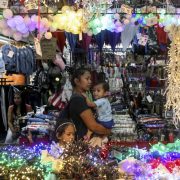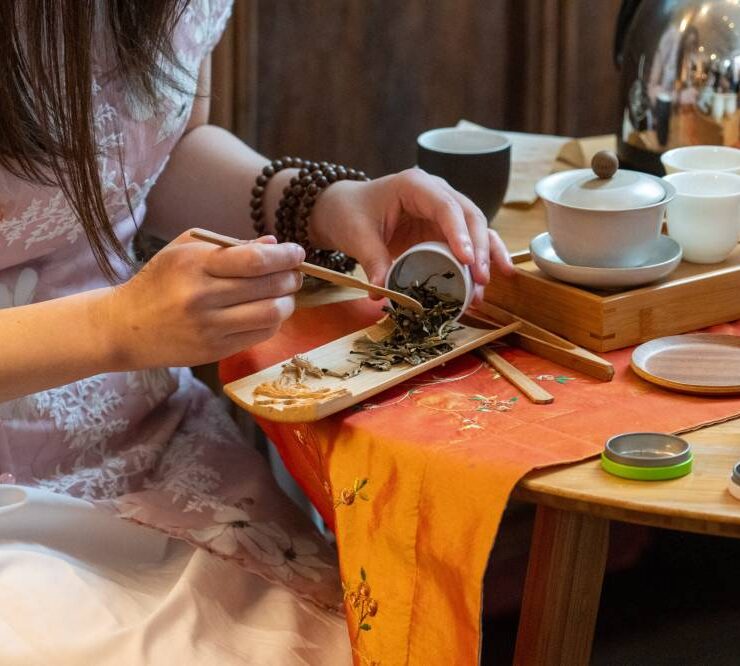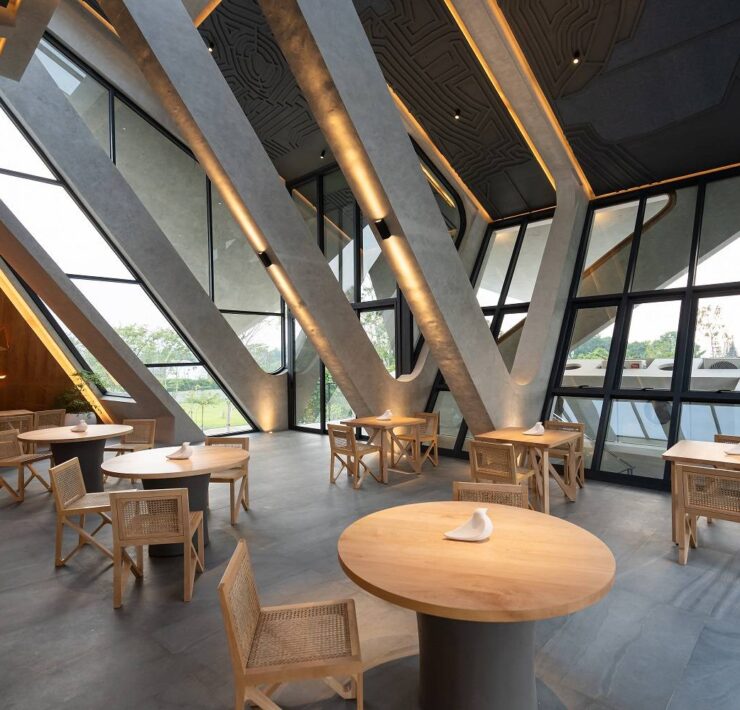The art of collaboration: Lilianna Manahan at the British School Manila
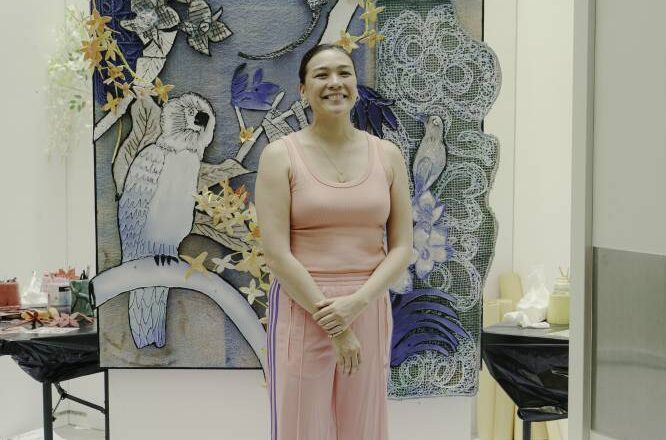
For far too long, art has maintained a position where different perspectives are in the spotlight. Most of the time, it’s from the perspective of the artist and expresses social commentary on politics, social justice, or themes of the time. Other times, art is immersive and experiential, such as the work of Marina Abramovic, which forces the viewer to be involved in somewhat uncomfortable positions.
It’s not often that we see collaborative art, especially with the purest of minds—the minds of children.
In that same vein, it’s not often that a multi-award-winning designer and artist chooses to share the spotlight. And yet for Lilianna Manahan’s latest installation, she chose to do this with hundreds of others—in collaboration with the children of The British School Manila (BSM).
“Drawn Together” at The Big Draw
The installation was created to celebrate the 25th anniversary of The Big Draw, a UK-based arts festival brought to the Philippines by Emma Jackson, the head of Visual and Performing Arts and an experienced visual arts teacher at BSM.

“The Big Draw is the world’s largest drawing festival, and it has been ongoing for 25 years now. It started in the UK and is a celebration of drawing… encouraging students and communities to re-engage with art, drawing, and observation for a period of time,” says Jackson.
BSM has been celebrating The Big Draw for four years, inviting Filipino artists to be artists-in-residence. Manahan, a prolific designer and multimedia artist and Maison et Objet Asia’s Rising Talent awardee, was invited to collaborate on this year’s theme “Drawn Together,” which explores how we connect to ourselves, each other, and the environment.
To highlight the Philippines as the host country for BSM, Manahan’s work is a triptych—named Luzon, Visayas, and Mindanao, which also corresponds to BSM’s three houses, where students are sorted upon joining the school.
Each panel of Manahan’s work features flora, fauna, and animals indigenous to the island groups. She also incorporated the weaves found in the different areas, highlighting the long tradition of Philippine textiles. “I took the opportunity to be able to show the children the different species of plants and animals and highlighted our fabrics, so that they are learning while working on the artwork,” says Manahan.

Learning about the country they live in
Each panel is made using reused materials, emphasizing BSM’s sustainability goals, while highlighting textiles and materials native to the Philippines. Manahan included abaca, sinamay, lace, or “burda,” and how it got here, along with the different patterns and textures included in the artwork.
Jackson believes that it’s essential for students to learn about the country they are living in, especially since many move around or are living in a third culture environment. “To allow them to ground themselves in art and in our host culture is essential. It’s a chance for them to explore their identity and connect to the country. There is also the layer of being in the middle of BGC (Bonifacio Global City) in a built environment, and then connecting back to nature; we’re connecting to what makes the Philippines so beautiful.”
The collaborative element is found in the hundreds of santan flowers installed on each panel. Manahan interpreted the theme of “togetherness” in the image of the Santan flower. “I was reminded of how we would make santan bracelets as children, or sip the sweet nectar from the flowers and then make santan jewelry, this was our form of a daisy chain, and something many Filipinos can relate to.”
Every day for a week, the children from reception, all the way to Year 13, were invited to paint on one santan flower, in the color of their respective houses—green for Luzon, red for Visayas, and yellow for Mindanao. Manahan would attach the individual flowers, connecting them, symbolizing the connectedness of the BSM community.
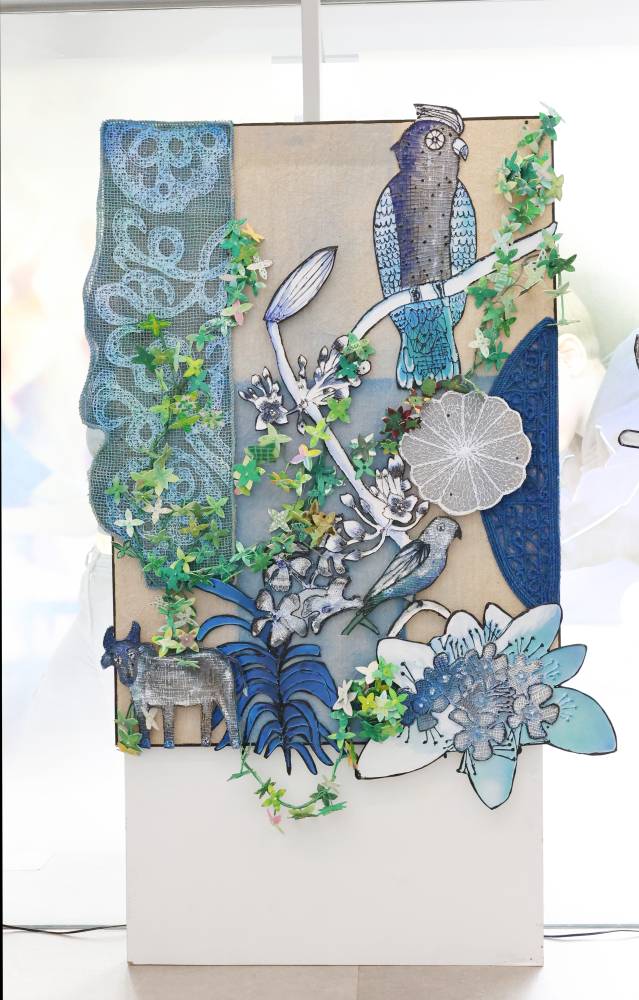
Immersing in art
By having Manahan as the artist in residence, working in the middle of the Ed Calma-designed Creative Arts Centre, students were able to see and understand the entire process of the installation being created. Manahan, not a stranger to creating large-scale public installations (such as in Ayala Museum, Finale Art File, and several galleries), also experienced what it was like for an artist to share and collaborate on her vision.
Her whimsical and imaginative style easily attracted students to want to participate.
“We had some students who were very determined on where their flower should be placed within the installation,” laughs Manahan. “But this showed me that they felt a sense of ownership over how the final outcome would be and that they too were part of the creative process, which is really important for children to experience as it fuels their artistic creativity and curiosity.”
A holistic approach
Learning at the BSM is a holistic experience. The theme of the installation, which was local Filipino botanicals, cascaded into other areas along the Creative Arts Centre, where one area had microscopes wherein primary school students could look at plant cells under a microscope, called “The Invisible Garden,” and another area with local Filipino potted plants was available for children to use to create still life drawings.
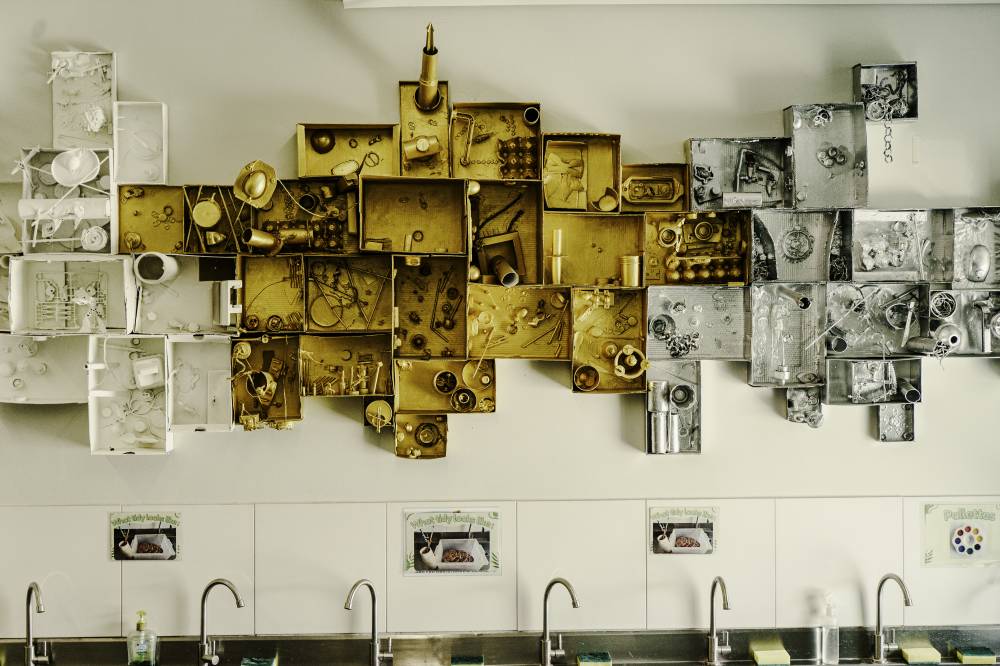
This not only honed their drawing skills but also exposed them to local botanicals and connected them with nature. All over the visual art space, one can see the homage that the British School pays to its host country, having been in the Philippines for 50 years (come August 2026).
Students are currently working on giant parols for Christmas, which have intercultural themes as part of their design, highlighting the 56 nationalities in the school. Moreover, the rooms of the Creative Arts Center are named after Filipino and British artists—in the visual arts, theatre, and music—such as Amorsolo for Fernando Amorsolo, Moore for sculptor Henry Moore.
The floor that houses music rooms has spaces named after rock legend Lennon for John Lennon, Holst for composer Gustav Holst, Kasilag for Lucrecia Roces Kasilag, while drama rooms include Montano for Severino Montano and Behn for Aphra Behn, the English playwright and poet, while the dance studio is named Lynne for Dame Gillian Lynne.
In an educational environment that fosters collaboration and community, Manahan’s newest installation could not have been created in a better place. “I believe that everyone is creative, and anything that is interactive is something I will always say yes to when the students come in. I tell them, ‘Help me finish this work, let’s do it together.’ It’s how I believe creativity should be expressed,” says Manahan.
In a world of megalomaniacal artists, art dealers looking to make money, galleries charging exploitative commissions, poseur patrons looking to spend their newfound wealth, it is indeed refreshing to have a piece of art created with the purest intentions of coming together.








